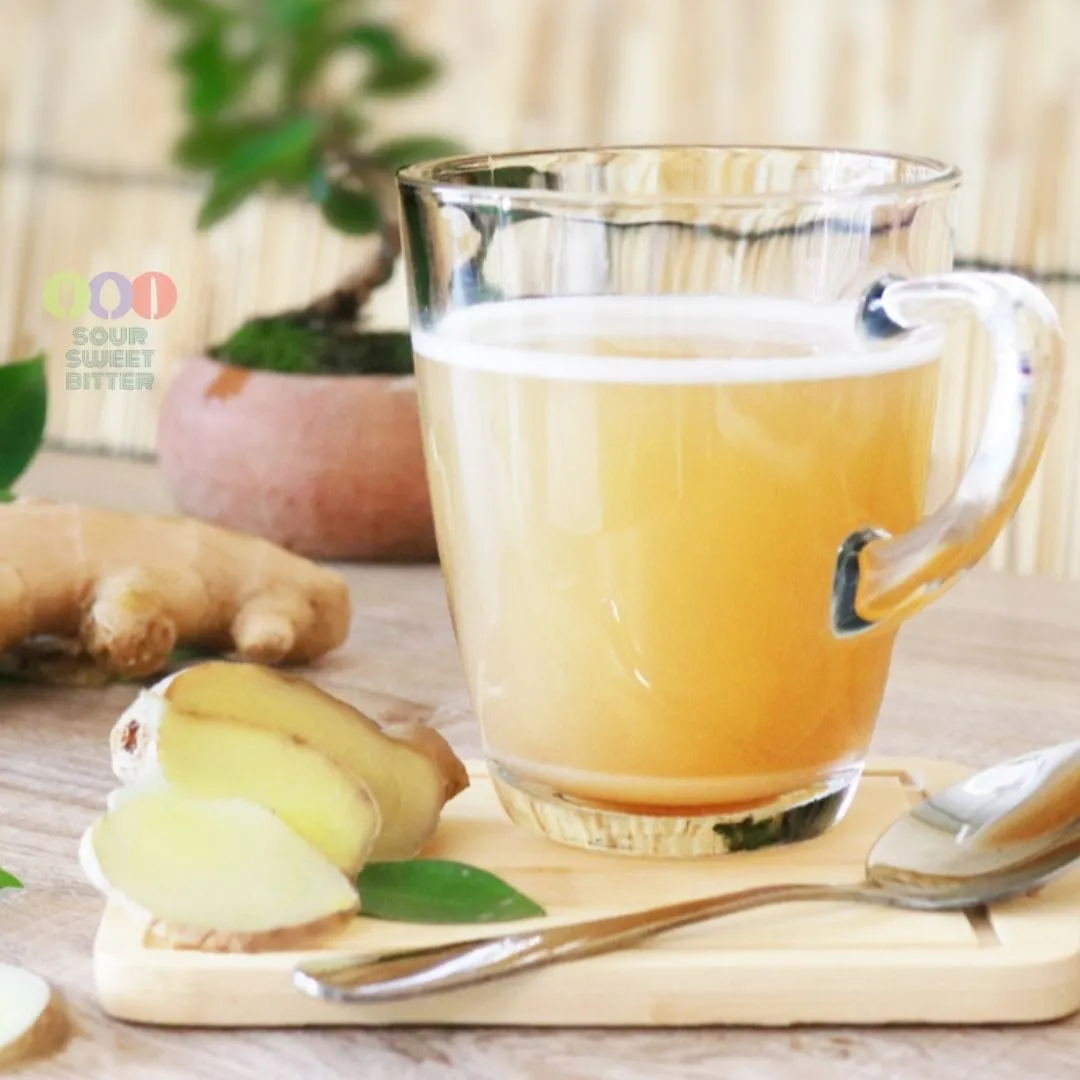The Rich History and Timeless Tradition of Italian Limoncello
A Sip of Sunshine: The Essence of Limoncello
Golden, fragrant, and bursting with fresh lemon flavor, Limoncello is more than just a drink—it represents Italian hospitality and tradition. This sweet, citrusy liqueur has a story as rich as its flavor, rooted deeply in the sunny coasts of Southern Italy. But where did this legendary drink begin, and how did it become a global favorite? Let’s explore the world of Limoncello.
The Origins: A Tale Steeped in Tradition
The exact origins of Limoncello are a bit mysterious, with several regions claiming to be its birthplace. The most widely accepted story traces it back to the early 20th century on the Amalfi Coast, Capri, and Sorrento. According to local lore, Maria Antonia Farace from Capri had a lush lemon garden and used the peels to make a homemade liqueur. After World War II, her grandson commercialized the recipe, sharing Limoncello with the world.
Another legend says fishermen and monks on the Amalfi Coast drank Limoncello to stay warm and healthy. Regardless of its true beginnings, Limoncello has been a cherished part of Italian culture for generations.
The Art of Crafting Limoncello: A Time-Honored Process
Authentic Limoncello is made using a precise method that hasn’t changed for centuries. The key ingredient? The sun-kissed lemons of Southern Italy, especially the Sorrento or Amalfi varieties, known for their intense aroma and thick peels.
The traditional method involves:
- Selecting the Best Lemons: Only untreated, pesticide-free lemons are used.
- Peeling with Precision: The zest is carefully removed, avoiding the bitter white pith.
- Infusing in Alcohol: The lemon peels are steeped in pure alcohol for days or even weeks to extract the oils and flavors.
- Blending with Simple Syrup: Once infused, the liquid is mixed with water and sugar for a balanced liqueur.
- Patience is Key: The final mixture rests, allowing the flavors to meld.
Limoncello in Italian Culture: More Than Just a Drink
Limoncello isn’t just an aperitif or digestif—it’s a ritual and a way of life. In Italy, it’s often served chilled in small glasses after a meal, offering a refreshing and aromatic finish. It’s also a staple at celebrations, symbolizing warmth and joy.
Beyond drinking, Limoncello is used in Italian cuisine, enhancing desserts, cocktails, and even savory dishes. It’s found in cakes, gelato, and marinades, adding a bright, citrusy note.
The Global Rise of Limoncello: A Taste of Italy Everywhere
Once a local secret, Limoncello has now become an international favorite. From luxury bars in New York to home kitchens in Australia, it has gained fans worldwide. Its versatility, vibrant flavor, and connection to the Italian lifestyle have made it globally popular.
How to Enjoy Limoncello Like an Italian
To truly enjoy Limoncello the Italian way:
- Serve It Ice Cold: Store it in the freezer and serve in chilled glasses.
- Sip, Don’t Shoot: Savor the flavors instead of drinking it quickly.
- Pair It Well: Enjoy it with desserts like tiramisu or panna cotta.
- Get Creative: Use it in cocktails, spritzers, or drizzle it over fruit salads.
🇮🇹 Bringing a Taste of Italy to Your Home
Want to taste authentic Italy? Try making your own Limoncello at home with traditional Italian lemons or find artisanal brands that follow heritage recipes. Whether enjoyed on a summer evening or gifted to a friend, Limoncello brings a little piece of Italy into your life.
The Legacy of Liquid Gold
Limoncello isn’t just a drink; it’s a tradition, a history, and a celebration of nature’s finest citrus. Its story continues to evolve, but its essence remains the same—a bright, golden sip of Italy’s sunshine in a glass. So next time you enjoy Limoncello, remember: you’re savoring a timeless Italian legacy. Salute!
Discover Traditional Italian Recipes Discover Traditional European Recipes You may like this also: Peruvian Pisco SourIngredients
Instructions
-
Wash the lemons well, if necessary help yourself with a sponge to remove all impurities, then dry them with a clean cloth.
-
Peel the lemons, removing the white part (the albedo), which gives a sour and bitter taste to the lemon liqueur.
-
Macerate the peels in one or two large airtight glass jars combine the lemon peels and alcohol. Close each jar tightly and let macerate at room temperature and in the dark for at least 6 days. Do not fill the jars completely. Shake the jars daily.
-
Prepare the syrup on the seventh day, prepare the syrup for the limoncello liqueur; then, melt the sugar and water in a saucepan and bring to a boil. When done, let it cool and pour the mixture into a large jar.
-
Add the syrup to the alcohol with the lemon peels, mix well and close the airtight container.
-
Let the mixture sit for at least 40 days in a cool, dry place. Shake the jar regularly to mix the syrup and the infusion of alcohol and lemon peels.
-
After the resting time has elapsed, strain the mixture through a fine-mesh strainer.
-
Pour the liqueur into glass bottles, helping yourself with a strainer. Your homemade limoncello is now ready to serve.
-
Serve the fresh limoncello in small liqueur glasses.
-
Your traditional Limoncello is ready. Buon Appetito!











